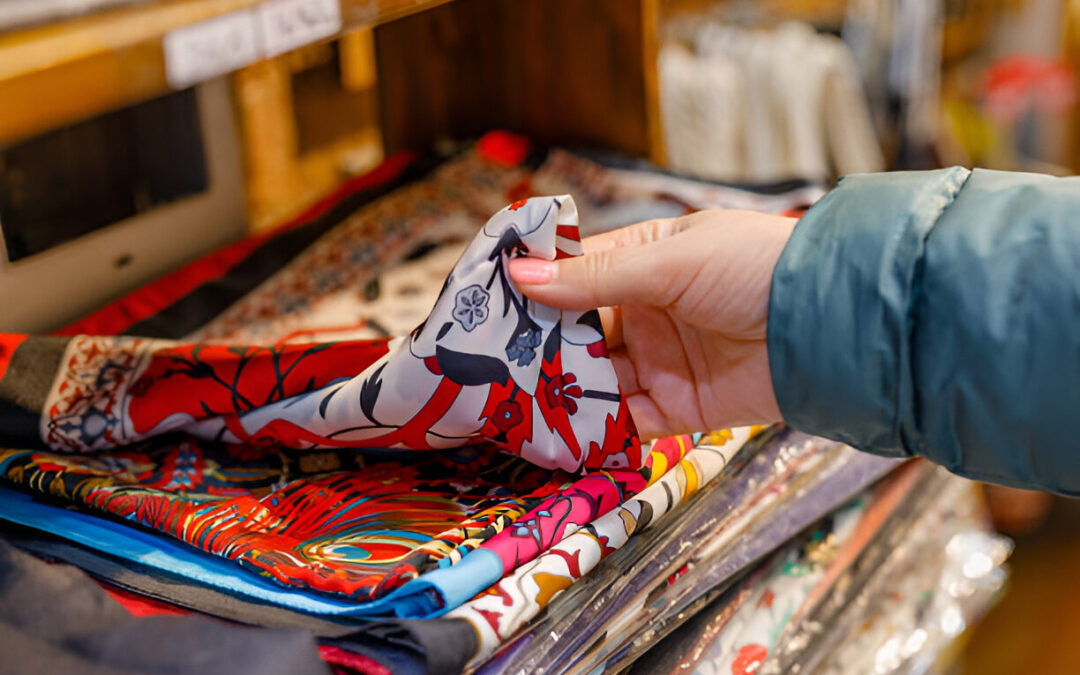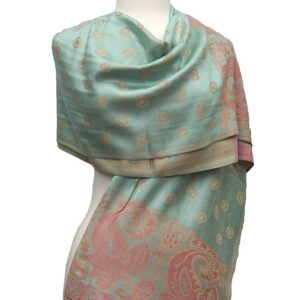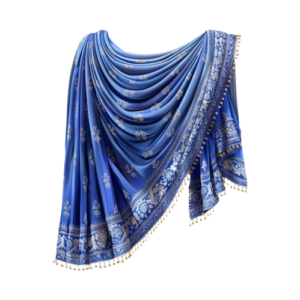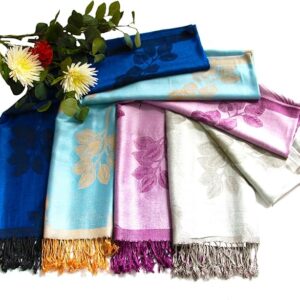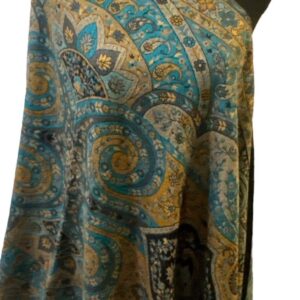In the world of luxury textiles, pashmina stands out for its unparalleled softness and warmth. However, with its growing popularity, the market has seen an influx of imitations and blended fabrics masquerading as genuine pashmina. To ensure you’re investing in an authentic pashmina, it’s essential to know how to differentiate it from lesser-quality substitutes. This buyer’s guide will help you identify genuine pashmina with confidence.
1. Understand What Pashmina Is
Before diving into the specifics of identification, it’s crucial to understand what makes a pashmina authentic. True pashmina is made from the fine undercoat of the Changthangi goat, which is native to the high-altitude regions of the Himalayas. The wool is incredibly soft, lightweight, and insulating, making it highly prized.
2. Check the Fiber
Feel the Fabric:Authentic pashmina is known for its extreme softness and warmth. When you touch the fabric, it should feel incredibly smooth and silky against your skin. It should also be lightweight despite its warmth.Micron Diameter: The fibers of genuine pashmina are exceptionally fine, usually between 12 to 15 microns in diameter. While it’s not always practical to measure this yourself, reputable sellers should provide information about the fiber’s quality.
3. Inspect The Weave
Look for a Fine Weave: Authentic pashmina is hand-woven with a fine, even weave. The fabric should have a delicate, almost translucent appearance when held up to the light. Check for any irregularities in the weave, which can indicate poor craftsmanship or imitation.Reverse Side: Examine the reverse side of the pashmina. It should have the same quality and consistency as the front. If the reverse side looks different or is rough, it may be a sign of a lower-quality product.
4. Assess The Color And Dyes
Natural Dyes: Traditional pashmina uses natural dyes derived from plants, minerals, or insects, which produce rich, deep colors. If the color looks too vibrant or artificial, it might be a synthetic dye.Fading Test: Gently rub a small, inconspicuous area of the pashmina with a damp cloth. Authentic pashmina should not bleed or lose color easily. If the dye transfers to the cloth, the pashmina may be of lower quality or a blend.
5. Verify The Labels And Tags
Check the Label: Authentic pashminas often come with a label indicating their origin and material. Look for labels that specify “100% pashmina” or “pure pashmina.” Be cautious of labels that mention blends like “cashmere” or “wool,” as these may indicate a lower-quality product.

Certification: Some high-end pashminas come with certification or authentication cards. These documents can provide additional assurance of the pashmina’s authenticity.
6. Evaluate The Price
Price Range: Genuine pashmina is a luxury item and typically comes with a higher price tag. If you find a pashmina that is priced significantly lower than the market average, it could be a sign that it’s not authentic.
Beware of Bargains: Be wary of deals that seem too good to be true. High-quality pashmina requires time and skill to produce, and genuine pieces are generally priced accordingly.
7. Seek Reputable Sellers
Buy from Trusted Sources: Purchase pashmina from established and reputable sellers or brands known for their authenticity. Stores specializing in luxury textiles or high-end fashion boutiques are often reliable sources.Ask for Information: Don’t hesitate to ask sellers about the origin and production methods of their pashminas. Reputable sellers should be able to provide detailed information and answer your questions confidently.
8. Conduct a Burn Test
Burn Test: If you’re unsure about the authenticity of a pashmina, you can perform a burn test on a small sample of the fiber (if possible). Genuine pashmina, made from natural fibers, will burn slowly and emit a smell similar to burning hair. Synthetic fibers will melt and produce a plastic-like odor. Safety Note:Conducting a burn test should be done cautiously and in a safe environment. It’s generally better to rely on other methods of verification unless you’re experienced with textile tests.
Conclusion
Identifying authentic pashmina requires attention to detail and an understanding of the characteristics that define true luxury. By examining the fiber quality, weave, dye, and sourcing information, you can confidently distinguish genuine pashmina from imitations. Remember, investing in an authentic pashmina not only ensures you receive a beautiful and high-quality product but also supports traditional craftsmanship and fair trade practices.
When in doubt, rely on reputable sellers and trusted sources. With these guidelines in hand, you’ll be well-equipped to find a genuine pashmina that will provide timeless elegance and warmth for years to come.
